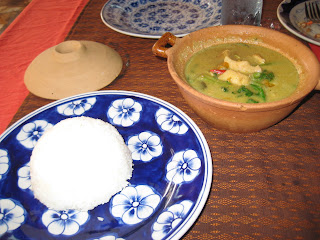


The breadfruit (Artocarpus altilis) might be considered the aesthetic epitome of a tropical landscape, even though this is probably not what Captain Bligh had in mind when he was doggedly pursuing the shipment of the plants from Tahiti to the West Indies. It was intended that their starchy fruits would serve as an inexpensive food source for slaves working the sugar plantations. Though this original intent was surely inglorious, if there were a silver lining to this gray cloud, it is that the breadfruit is now one of the staples of the West Indies, beloved by many. The tree itself requires ultratropical conditions, but this fact never stopped me from growing it indoors when I lived in Chicago. Who would have ever thought that the breadfruit could partner quite nicely with a Louis XVI French chair? I daresay the tree enhances the chair, rather than the other way around. Breadfruit also survives to a limited degree in southern Florida, but its permanent survival there is tenuous because occasional cold blasts that cause temperatures to dip into the 40s, even if transiently, will severely damage or kill the tree. The young tree shown here was growing in a private garden in southern Florida but died the following year. In the last photograph, the mature tree in all its majesty was photographed in a parking lot in the Philippines. Here, conditions are ideal, as you can see from the enormous girth of the tree depicted. A primadonna without equal.






















